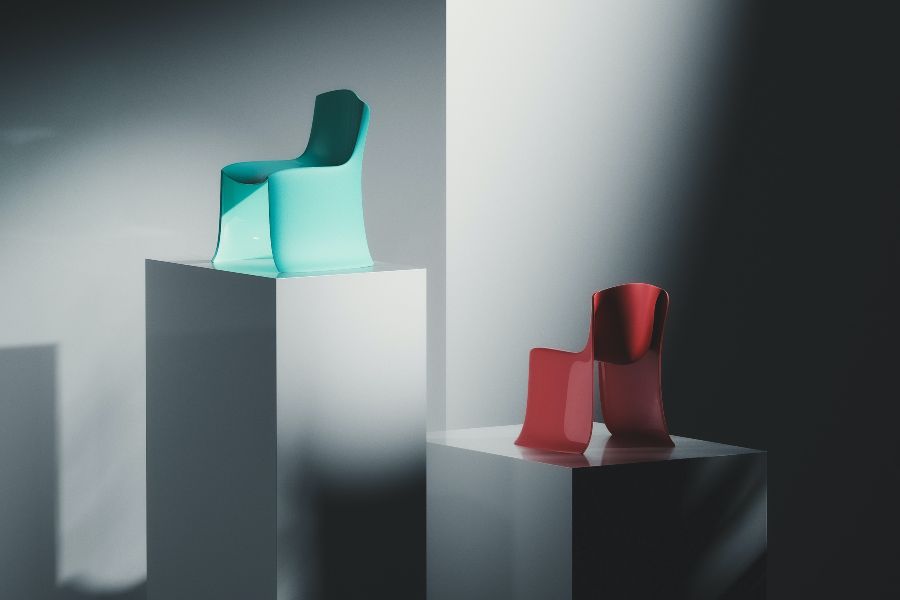Are you a manufacturer looking to revolutionize your product design and development process with 3D product modeling services? Curious about the game-changing technology that is transforming the manufacturing industry? Look no further. In this enlightening article, we delve into the world of 3D product modeling services, why they are an absolute game-changer for manufacturers and the benefits of collaborating with a 3D product modeling company.
Definition and Explanation of 3D Product Modeling Services
At its core, 3D product modeling involves creating digital representations of physical objects using specialized software and tools. These models allow manufacturers to visualize their products in a three-dimensional space, providing a detailed and realistic representation of their designs. With 3D modeling, manufacturers can bring their ideas to life, exploring every aspect of their products before they even hit the production line.
3D product modeling involves several steps. First, the manufacturer provides specifications and design concepts to the modeling service provider. Skilled professionals then use dedicated software to transform these concepts into precise 3D models, capturing the intricate details, textures, and the product’s materials. The models can be adjusted, refined, and modified based on feedback, ensuring the final design meets the manufacturer’s vision.
Benefits of 3D Product Modeling Services for Manufacturers
1. Enhanced Visualization and Presentation of Products
3D product models offer a realistic and immersive visualization experience. Manufacturers can showcase their products from every angle, allowing potential customers to explore the design, features, and functionality in a virtual environment. This level of detail helps manufacturers communicate their ideas effectively, attract investors, and engage with customers.
2. Improved Product Design and Development
By utilizing 3D product modeling services, manufacturers gain invaluable insights into their designs. They can identify potential flaws, test different iterations, and adjust early. This iterative approach reduces the risk of errors and improves the overall quality of the final product, leading to increased customer satisfaction.
3. Streamlined Prototyping and Testing Processes
Traditionally, physical prototypes were expensive and time-consuming to create. With 3D modeling, manufacturers can rapidly produce virtual prototypes, allowing quick and cost-effective testing. These digital prototypes can be modified easily, allowing manufacturers to refine their designs before investing in physical production.
4. Cost and Time Savings in Production
3D product modeling services enable manufacturers to optimize their production processes. By identifying potential issues early on, manufacturers can reduce material waste, minimize rework, and streamline assembly processes. This saves costs and accelerates time-to-market, giving manufacturers a competitive edge.
5. Customization and Personalization Options
Personalization is becoming increasingly important for consumers. 3D product modeling services enable manufacturers to create products tailored to individual customer preferences. This level of customization enhances customer satisfaction, fosters brand loyalty, and opens up new market opportunities.
6. Increased Marketing and Sales Opportunities
3D product models can be utilized in various marketing materials, including websites, catalogs, and presentations. These visually appealing representations help manufacturers communicate their product’s unique features, benefits, and value propositions. Further, manufacturers can leverage 3D models for virtual reality (VR) and augmented reality (AR) experiences, immersing customers in interactive and engaging product demonstrations.
Future Trends and Developments
The future of 3D product modeling services holds immense potential for further innovation and growth. Advancements in technology will continue to enhance the capabilities of 3D modeling software, enabling more realistic renderings and faster processing times. Integration with virtual reality (VR) and augmented reality (AR) will offer manufacturers new ways to engage customers, allowing them to interact with virtual products in immersive environments.
Further, as the demand for 3D modeling services increases, the accessibility and affordability of these services are likely to improve, making them more accessible to businesses of all sizes. Furthermore, we expect to see the development of industry-specific applications and tools tailored to the unique needs of various sectors, further expanding the applications of 3D product modeling.
Conclusion
In a rapidly evolving manufacturing landscape, 3D product modeling services have emerged as a vital tool for success. These services enable manufacturers to visualize, refine, and present their products with unprecedented detail and accuracy. Therefore, manufacturers can streamline their design and development processes, reduce costs, and gain a competitive advantage by leveraging the benefits of 3D modeling. We recommend embracing this transformative technology to unlock your manufacturing endeavors’ full potential.

